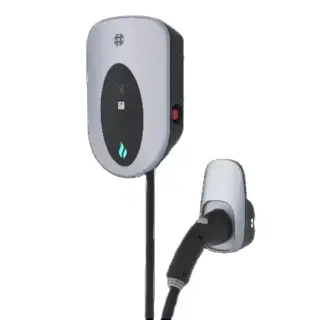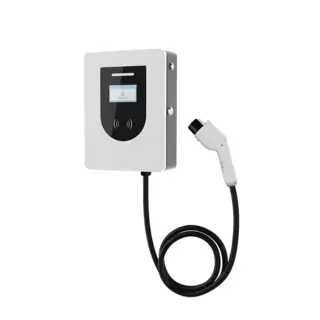AC EV charger are devices used to charge an electric vehicles (EV) by converting alternating current (AC) from the grid into direct current (DC) to charge the vehicle's battery. These chargers are particularly suitable for residential applications because they require less grid capacity compared to DC chargers. This allows AC EV chargers to be used in a variety of locations and settings with different electrical systems and grid arrangements, ensuring that homeowners can always rely on them to provide adequate power.
As a trusted wholesale AC EV charger manufacturer from China, we offer competitive prices and a range of customizable options to meet your needs. Whether you're looking to install in homes, communities, or industrial areas, our chargers are designed to work with a variety of EV models using universal charging plugs. We also extend our services to include OEM and ODM, allowing personalized branding and functionality. With our commitment to quality and affordability, we're here to make your electric vehicle charging convenient and efficient.
AC EV Chargers Product List
Total 11 Records, 8 records per page


